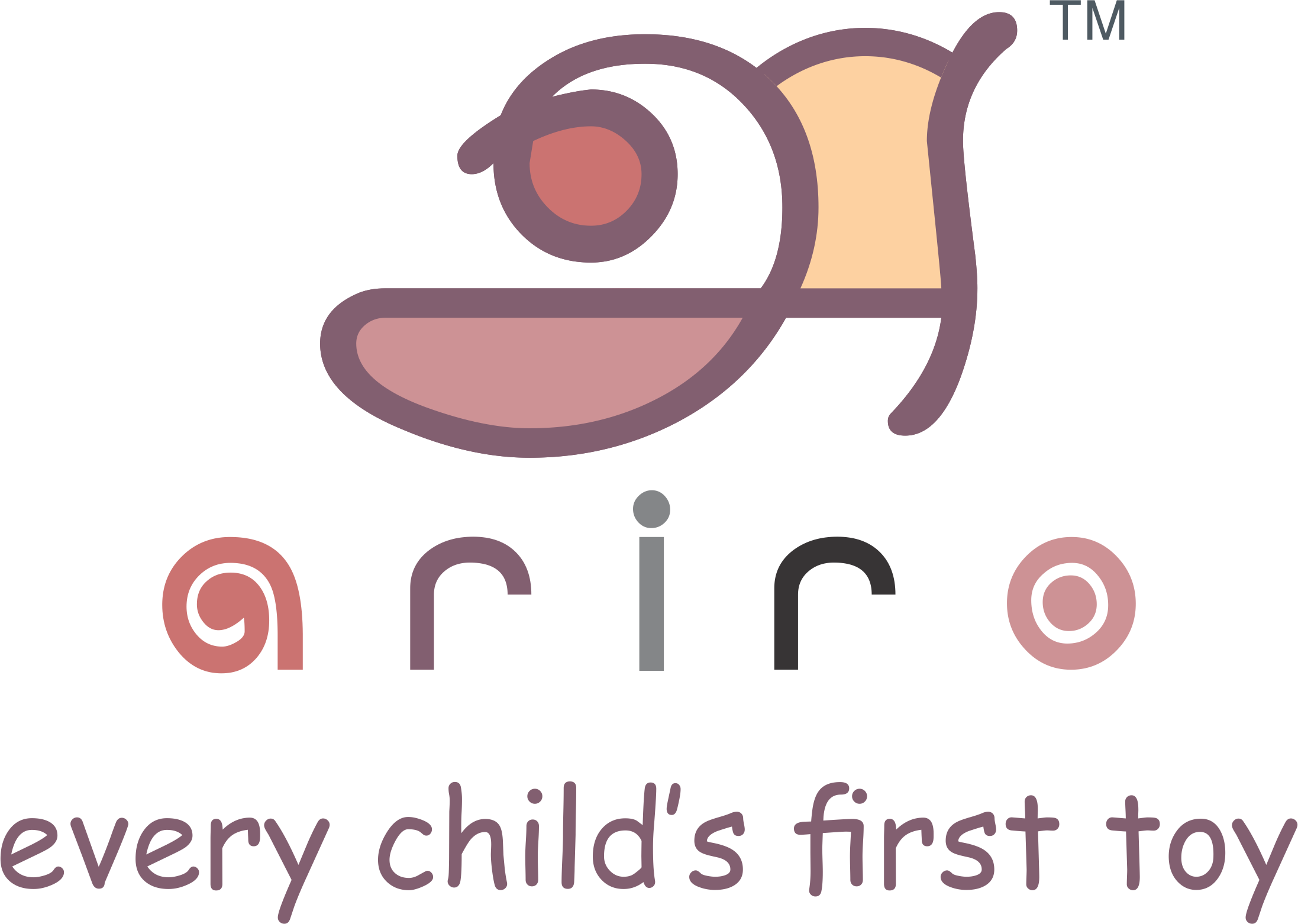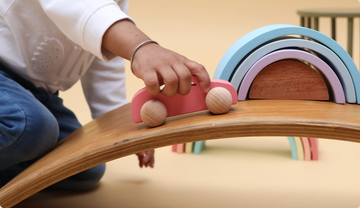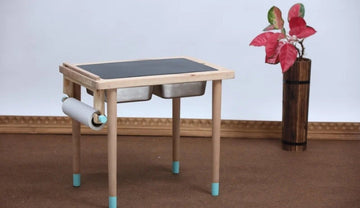(By Aishwarya Dwarakanath, Montessori Guide & Consultant)
Independent play, as the name suggests, is when children engage in activities on their own. However, for young babies, it does not mean unsupervised play. The caregiver remains nearby, offering help if needed and encouraging the child to explore independently.
Independent play is essential for a child’s development, as it strengthens skills such as decision-making, creativity, problem-solving, and concentration. While the idea of enjoying a coffee break or completing a chore while your little one plays for 10–15 minutes may seem like a dream, it is entirely possible!

Understanding Independent Play
Babies and toddlers rely on the presence of an adult for almost everything they do. They thrive when their emotional needs are met and learn by observing adults, which supports their physical and cognitive development. Quality interactions and playtime with caregivers are essential. In fact, these interactions foster a sense of security and positive attachment, which, in turn, gives children the confidence to engage in independent play.
How to Encourage Independent Play

1. Engage with Your Child First
When toddlers receive quality one-on-one time, their need for connection is fulfilled, making them feel secure. Playing together also provides them with ideas they can later explore on their own. You might be surprised by the creative ways they use their toys! Allow your child to choose which toy to play with—if this is difficult, offer two options and let them pick one.
2. Prepare the Environment
The Montessori method emphasizes creating an environment that supports a child's needs. When setting up a play area, remember that less is more. Offer 5–6 toys or activities on a shelf that is easily visible and accessible. Children can even begin preparing their own snacks if given the right setup. Providing child-sized utensils and tools not only engages them in play but also fosters independence.
Your presence is also part of the environment. Distractions such as background noise, gadgets, or frequent adult interruptions can make independent play difficult. Additionally, feeding a child while they play can distract them from both their activity and their connection to food.
3. Follow Your Child’s Interests
If your child shows a strong interest in a particular toy or book, allow them to engage with it for an extended period. Rotate toys and books every few days to introduce variety while maintaining familiarity. A practical approach is to store most toys in a cupboard and display 5–6 at a time within the child’s reach. This method helps children make easier play choices without feeling overwhelmed.
4. Set Realistic Expectations
Toddlers naturally have short attention spans and cannot be expected to sit still for long. It is developmentally appropriate for them to move around, explore, and seek connection with their caregiver. Start by allowing them to play independently for just 2–3 minutes without intervention. Sit nearby and gradually increase your distance over time.
5. Embrace Boredom—It Sparks Creativity
Older toddlers may occasionally complain of boredom, even when they have plenty of play options. If this happens, encourage them to come up with ideas on their own. However, keep in mind that boredom can sometimes indicate other unmet needs, such as hunger, tiredness, or a desire for connection. When children have space to make their own decisions, they often come up with truly creative ways to play!

By fostering independent play in a supportive way, you help your child develop essential life skills while also giving yourself a well-deserved break.






